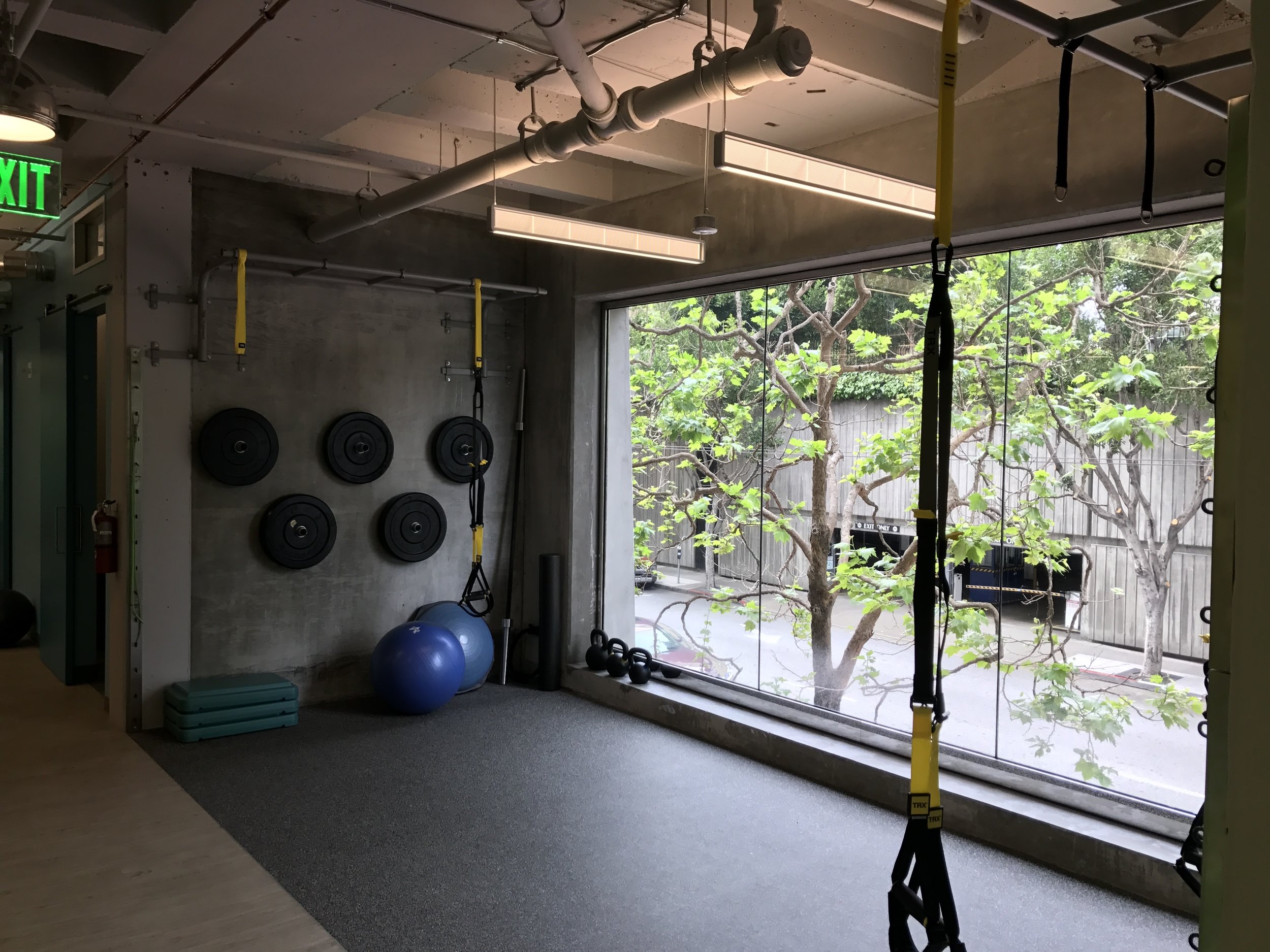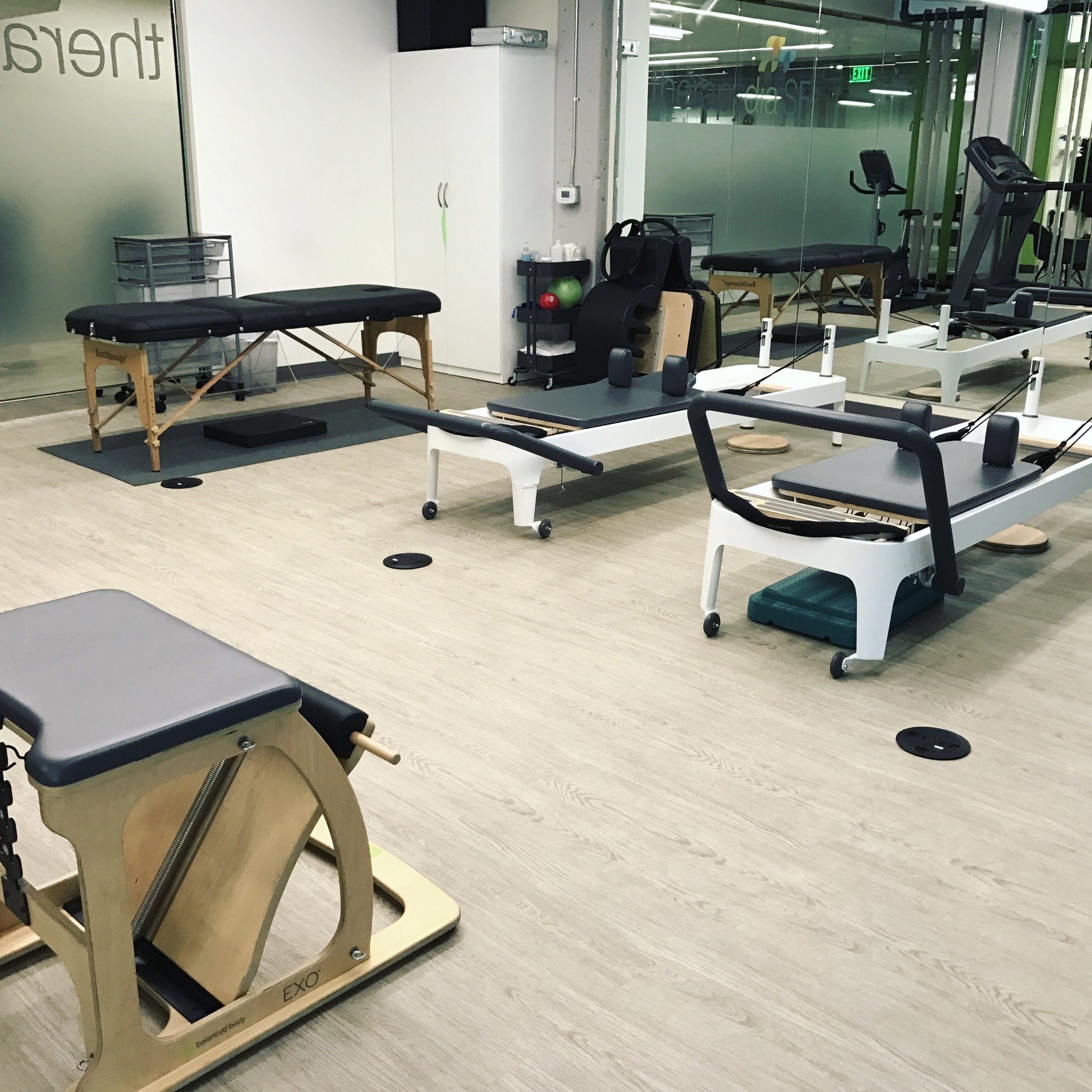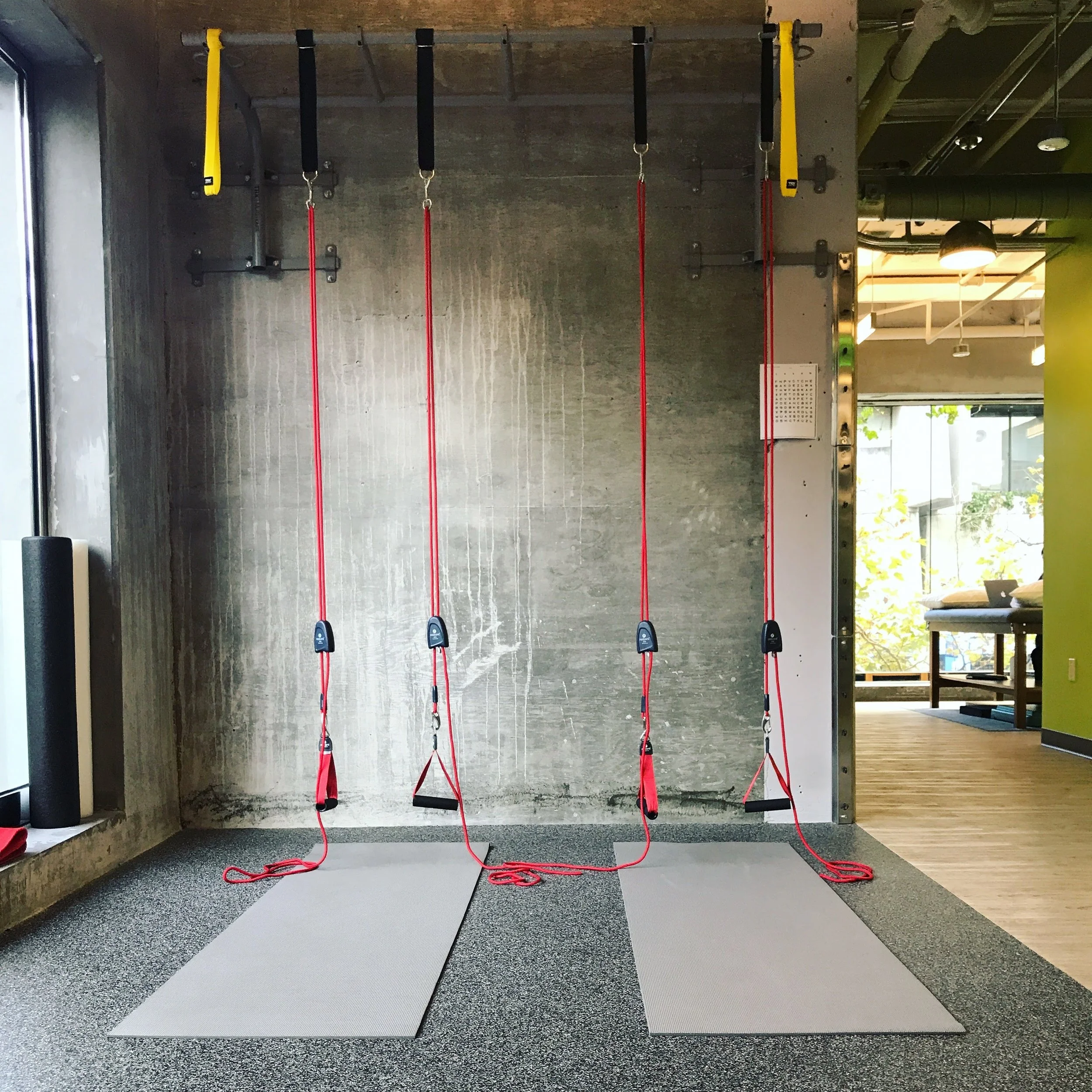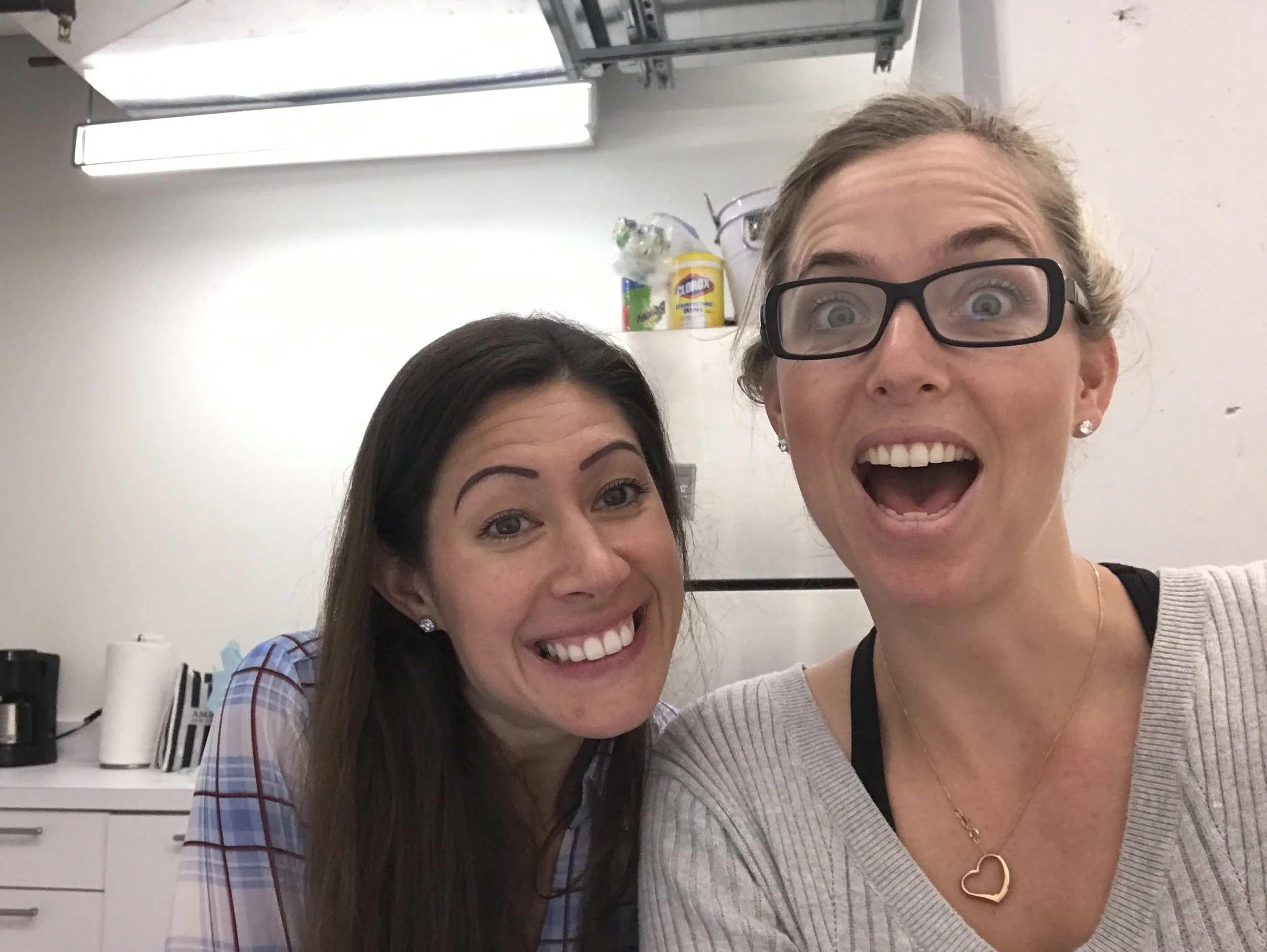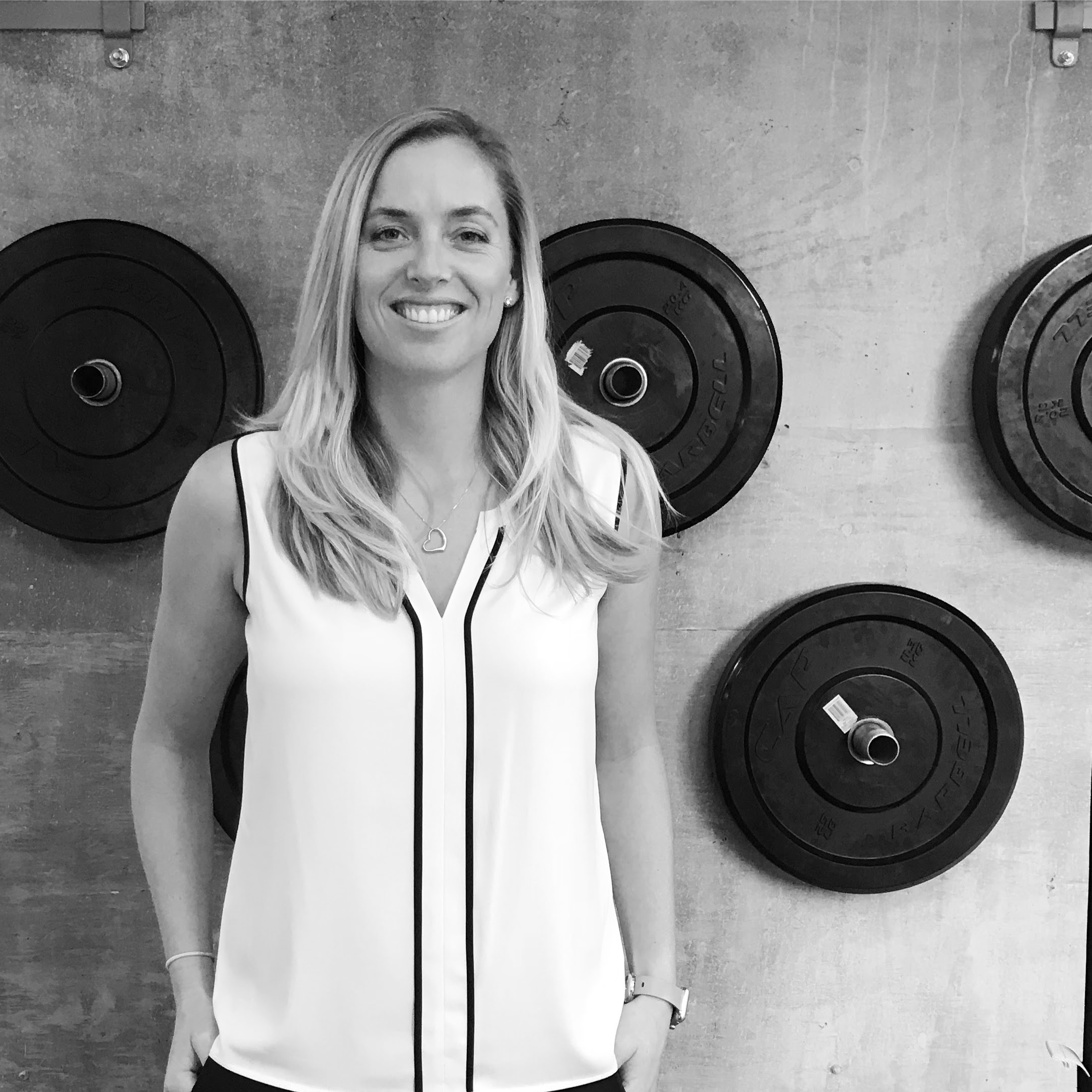Physical Therapy in California part 5 - the finishing touches
I sat the NPTE October 27th 2016, almost 12 months ago and this week was officially given my Californian License number. When we decided to move to the USA I thought I had a 9 month journey ahead of me. This turned out to take over three years from start to finish. The process has changed me - personally and professionally. I’ve been beaten down more times that I can recall (or would like to recall) and I’ve experienced the many incredible moments of euphoria and pure elation. For those out there riding the same rollercoaster - I take my hat off to you - because this has taken more grit than even I knew I had in me.
On February 16th 2017 my workplace at TherapydiaSF was approved as my official site for my internship, which was to take 6 months of full time work to complete. The details of my internship were described in a previous blog. I will be eternally grateful for the immense effort and support I received from my work colleagues, especially Andy Tsui who supervised me for the first 6 weeks and to Michelle Cotter, who has supervised me for a further 6 months.
I still remember the day I was approved to begin working again. I felt many emotions of happiness, fear, relief, but above all, gratitude. I was hungry to be with patients again and to roll my sleeves up and get back to work. When I began my internship I was disappointed by the idea of again being subjected to scrutiny and judgment, with a pessimistic mindset that continually begged “why do I have to be supervised after so many years of clinical practice???” Soon after beginning work I realized just how different things are between the USA and Australia and actually would not have got through this without a supervisor. The process has changed me in more ways that I could have anticipated and remodeled and enhanced my clinical practice. I’m not sure I can entirely describe what changed but never-the-less wanted to reflect on this journey.
Positives aspects of my internship
Time
This is a specific advantage relating to my workplace, not my internship. I have had so much more time to work with my patients. Our sessions are structured into 45 minute time blocks, which allows enough time to achieve many goals each treatment session. I also saw many patients twice a week during the initial 4-6 weeks, which is almost 4 times more contact time that what I had previously. Instead of assessing patients, writing a problem/goal list and predicting time frames for recovery, I worked with them every stage of the way. From this I learnt that timeframes change more than I previously thought. Some problems are easier to solve with patients and others take hard work. But the beauty is that I had enough time to really work on the gritty detail with everyone until the problems were solved. Having more time with everyone has made me understand that there is so much more we can do. Whether it is more time to explain, discuss questions, clarify understand, teach exercises, trouble shoot movement patterns, and not rush manual therapy treatments. Instead of just doing the bare minimum in each session, I approach them now with much more optimism about what can be achieved. And this let’s kick some goals attitude is shared with my patients. They know there is enough time to work and be productive and our sessions are jam packed!
Following patients through each phase of recovery
Many of my post-op clients have been with me over over six months now and I have loved working with them through each phase of recovery. The best part for me is when they are cleared to run again and return to sport. It has moved my physiotherapy practice much further beyond pain management and injury recovery. The juicy fun parts are hidden in preparing for return to sport, training agility and designing sport-specific individualised programs. At this point in time there are no protocols to guide treatment and after spending many prior months developing a relationship with my patients, I really have enjoyed working with them as a coach more than a therapist.
Some have even merged onto the next level - wellness. There comes a time in treatment when physical therapy treatment is no longer medically necessary and it becomes difficult to justify continuing to bill through insurance. If this happens and our patients wish to continue working with their therapist we offer a wellness service. This is a self-pay cash rate independent of billing and insurance, which creates an environment where patients can continue working with us/me to keep them well, help them further develop their movements skills and enhance their injury prevention strategies. It isn’t as frequent as normal treatment but means that if they want, they door doesn’t close. Part of this wellness service also includes clinical pilates. I am grateful that at Therapydia, I have been able to continue teaching individual Pilates 1:1.
Documentation and billing
Michelle, I couldn’t have done it without you!
Yep, this is going in the positive section. I know I am not alone in saying the the documentation system and timed-billing codes used in America suck. It is time consuming and in many ways start to dictate what you offer for treatment, which completely blows my mind. But I am so so lucky because Michelle intensely helped me over the past 6 months to develop strategies:
- To create defensible documentation that meets professional practice standards.
- To use the documentation as a method of planning out entire treatments and detailed goal setting.
- To write notes that represent my treatment strategies clearly while allowing me to practice without feeling constrained.
No more stick figures.
I am not ashamed to boast that my stick figures are pretty dam good. But, I have changed a lot this year because my patient’s have required a different approach and now I use a lot more email and shared google documents/spreadsheets to communicate with clients and design treatment programs. How I use them is explained here, but in summary, it has allowed for a more seamless and continuous line of communication.
Building a professional network
When I moved to San Francisco I knew no one and found it exceptionally difficult to connect with people in our profession. Perhaps this is more a product of writing this blog, but my online and professional network has expanded over the past few years and I’ve had a great opportunity to form relationships with people, some who I’ve not yet me in person.
Thank you to those who met me for coffee when I was a fresh transplant to the city, for taking a chance on me, and for continuing to encourage me. A special shout out to the following being who have been there to support me through this journey: Michelle Cotter, Sydney James, Andy Tsui, Chris Da Prato, Heather McGill, Jill Harris, Trevor Greenwood, Ciel Yogis, Jason Shane, Erson Eligioso, Michael Shacklock, Carlo Wood, Andrew Rothschild, Eric Jorde, Charlie Reid, Zach Long, Mike McGowan, and Jason Cunden. It is wonderful to received encouragement and guidance from many individuals in my life and I’m sure there are many others as well who deserve a mention. I hope this network continues to grow with time.
Positive impacts on my clinical practice
- I took a course in myofascial decompression and use it regularly as a soft tissue treatment modality.
- My understanding of breathing has changed a lot (and I hope to write about this even more).
- I spend much more time assessing gait.
- I use a goniometer almost all the time. I know now that with a goniometer my assessment/reassessment of range of movement is far more accurate and compliments the qualitative aspects of movement observation and palpation of movement quality.
- I measure limb girth on all patients who have a significant period of inactivity or restricted use.
- I spend more time reading books about behaviour biology and performance psychology.
- PRI. I work in a clinic that is strongly guided by treatment principles and philosophies from the Postural Restoration Institute. I have taken them three primary courses and continue to explore how these principles compliment and expand my current practice.
Negatives about my internship
Direct & immediate supervision
This was the worst part. It would have been much easier to work at a clinic/facility where both clinical instructors were onsite and would have made my time much more unrestrictive. But my CIs were split across two sites. The worst part was knowing that my CI’s had to be there for me everyday. If they took a sick day I couldn’t work and so no sick days were taken. 8 months is a long time to push through on behalf of someone else. If I had the opportunity to do it again I would change this element first to relieve the pressure from my CI’s to provide continuous immediate and direct supervision.
Processing time
Once the paperwork for both the midterm and final evaluation on the clinical performance instrument has been submitted, you have to wait for 30-45 days before contacting the board. It took 7 weeks from time of submission for the board to grant me my license. This actually means that the internship is around 8 months long.
Adjusting to full time work
I know with out a doubt that I have worked incredibly hard to get this far and studied countless hours, but, it takes months to build up the stamina for a full time case load of 40 hours a week with 37.5 of those hours being direct patient contact time. I emotionally needed to adjust to the large amount of human interaction again and found that learning to complete all the documentation reduced my time-efficiency. Often my weeks were much closer to 50-55 hours of work, which after 2 years away, I found challenging to readjust to.
The downside of the fatigue and full time case load is that I have had minimal time/energy to blog and continue my creativity and curiosity towards learning. As I build up more stamina I really hope that my life carves out more time for this blog, because it is a part of my life that I miss spending time on.
Language barrier
After living for 2 years in San Francisco I would like to think that my accent has softened somewhat and always felt my friends could clearly understand me. Then I started work and a large amount of metaphors and colloquialisms re-emerged - almost none of which my patients understood. It was the biggest language barrier I have needed to overcome to date. The result of this challenge is that I was forced to carefully contemplate why I was using common phrases and what the underlying meaning of them were. From there I was able to reinvent my education and delivery of information for patients. This was unexpectedly tough and often made me feel more foreign and alienated than I wanted - constantly reminded that I was in new terrain.
Patient expectations about physical therapy
Two things come to mind under this idea. The first is that so many of my patients were shocked that their physical therapy wasn't extremely painful, boring or just plain awful. Where does this even come from? When did our profession gain the reputation of not being helpful? It baffles me. The second, the majority don't expect manual contact or manual therapy. They associate physical therapy with exercise prescription. This saddens me deeply and drives my desire to continue teaching through this blog - teaching all the wonderful things we can do! Because physical therapy is awesome!!!
Negative impacts on my clinical practice
- I hardly use manipulative techniques.
- I can no longer practice dry needling.
- I don’t have access to hydrotherapy - community pools are just hard to find.
- It is hard to practice manual therapy because of billings and insurance. To me this raises a much larger discussion around the use of the term manual therapy. To me manual therapy is tool that compliments my overall clinical framework for assessment and treatment. To others, it is a treatment modality. So I have found myself continually fighting for manual therapy - and I am happy to continue doing so.
- Taking direction from doctors and no longer being a primary care practitioner. Essentially having to hustle for validation as a professional.
- No interdisciplinary network - this is something I want to develop further moving forward.
- No classes for supervision - all 1:1.
- Can’t view MRIs as easily when they aren't printed.
What this experience has given me is a unique perspective about the intricate differences in practicing physiotherapy in a private practice setting between California and Melbourne. Below is a summary of the things that I like about each:
AUS:
- Privileges of a Primary care practitioner.
- A varied environment between supervision and 1:1.
- Short versus extended appointments.
- Easier documentation which is more focussed on the patient management than on timing and billing codes.
- More patients seeking treatment for neurodynamic problems, headache management, spinal manual therapy.
- Greater acceptance of pain education and content from NOI group - explain pain, graded motor imagery, chronic pain programs.
- We are all the same - commonality in approach between practitioners.
USA:
- Using myofascial decompression therapy.
- More time focussing on gait analysis.
- New love for treatment of the shoulder, hip and foot.
- Using therapeutic activity to support manual therapy.
- More patient contact over time and within treatment sessions.
- Involving patient’s in documentation of goal setting and review of achieving these goals.
- Much better assessment and treatment of breathing dysfunctions and integration with other treatment strategies.
- Early orthopaedic/trauma treatment and getting people ready to walk again.
The last year and 8 months of full time work has not been easy but this tough and turbulent journey has re-shaped my clinical practice and perspective of what it means to be a Physiotherapist/Physical Therapist. I continue to be grateful for this experience and feel immense pride in being able to say that I am officially licensed in both California and Australia. For those following the same path - keep pushing forward.
The journey is the reward.
Sian
Additional information
Part 1 - choosing the best credentialling agency
Part 2 - getting a certificate of professional equivalency
In January 2017, the FCCPT passed a new law stating that all applicants who wish to apply for a type 1 certificate (previously called a certificate of professional equivalency) must have a doctorate level of education. When this law was passed it was incredibly disappointing for me to think that many Australians would never be able to apply due to the structure of our education remaining in the bachelor of physiotherapy-model. In May, the FCCPT retracted this rule and further information about the changes in the assessment/eligibility process can be found here. I have to thank one of my readers for emailing me this update.
Part 3 - preparing for the national physical therapy exam
Part 4 - organising the internship



